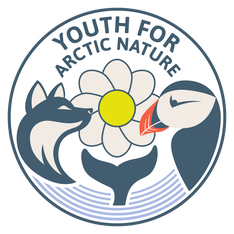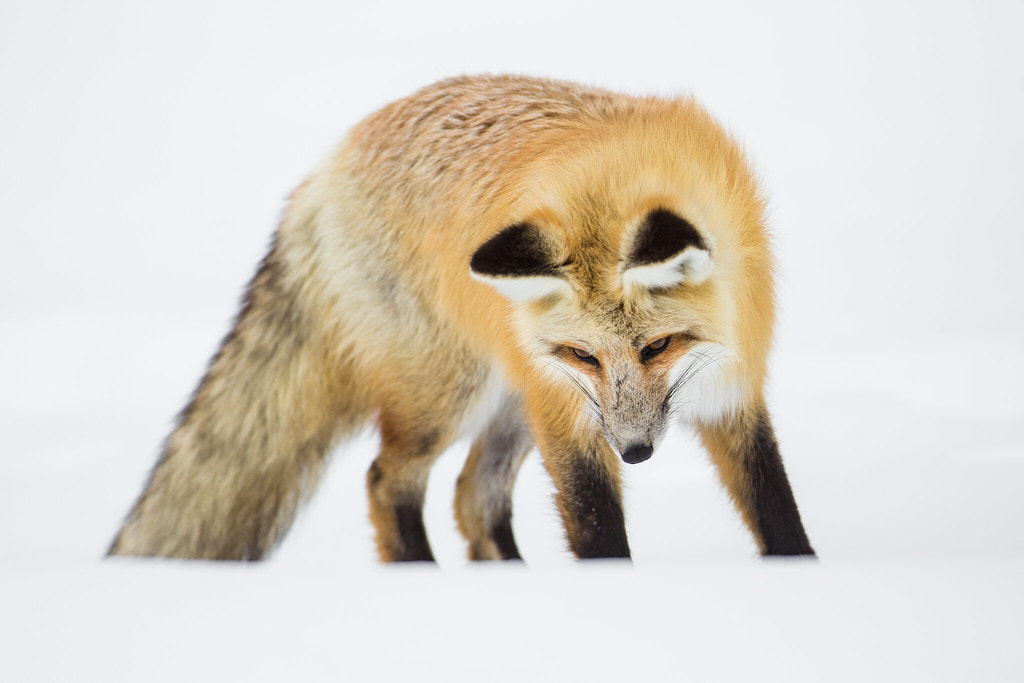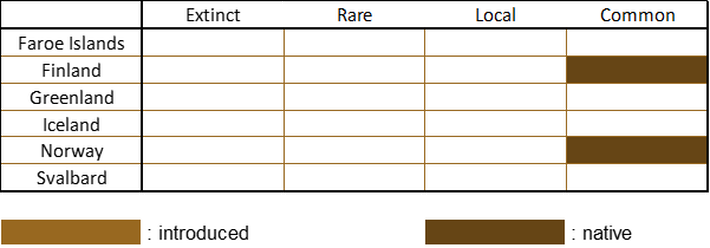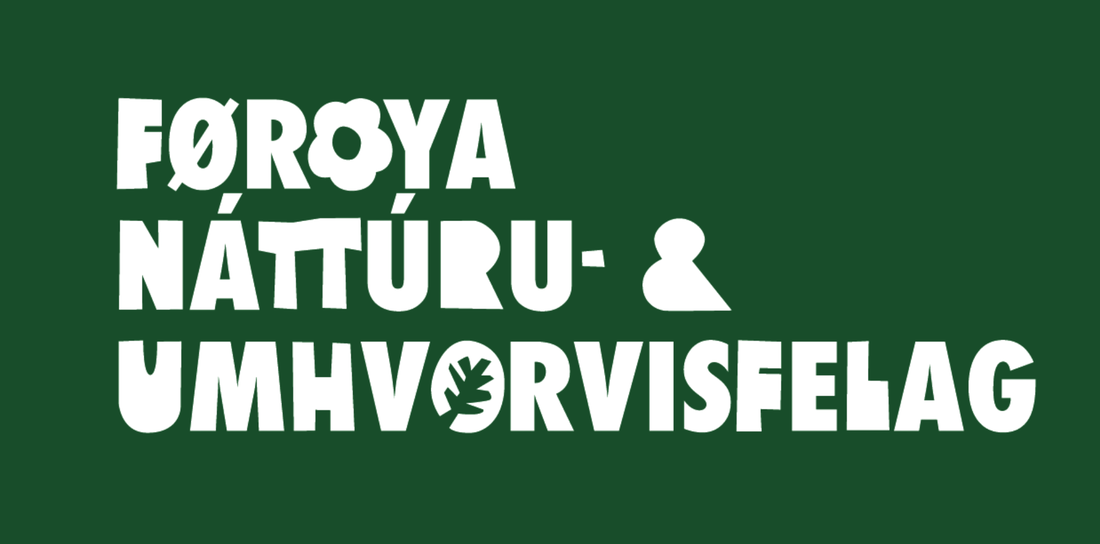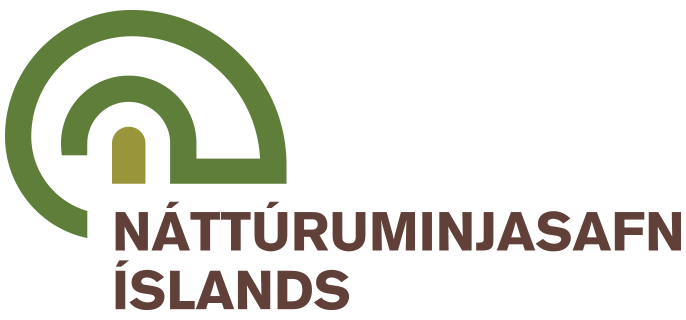|
Vulnerability: least concern Invasive: in some areas where it was introduced Identification: easy Monitoring: difficult |
|
What is it? The red fox is the biggest member of the fox family. Its fur is orange-brown with white on the belly, the tip of the tail, and in the ears. There is black on the legs and back of the ears. The eyes are brown or orange. However, it is common for red foxes to produce individuals that are lighter or darker than usual. In part because of this the species can adapt to different environments in a few generations: 45 subspecies are recognized. |
|
Where is it? The red fox is native in subarctic and some southern arctic regions of Asia, North America, and Europe. It is absent from arctic islands including Svalbard, Greenland, Iceland, and the Faroe Islands.
In arctic regions where it is present, it may be able to move further and further North due to climate change. It has been found to prey on arctic foxes, and has been seen taking dens from arctic foxes. |
|
Interesting facts |
- The fur of the red fox is soft, but compared to the fur of the arctic fox, it is not very dense. This is one of the reasons why it is unable to survive in the harsh climate of the high arctic.
- In an experiment that took place in the USSR starting in the 1950s, scientists bred the tamest foxes they could find over multiple generations to recreate the process of wolf domestication into dogs. The experiment was successful, and after about 40 generations, the scientists had created foxes that were friendly, sought human attention, were clean, and excellent house pets.
- Red foxes are widely regarded as pests in Europe, and human hunting is among the first causes of mortality for this species.
Pictures
- Cover photo: "Red Fox Portrait" by AcrylicArtist is licensed under CC BY-ND 2.0
- Presentation photo: "Red fox hunting near Mud Volcano" by YellowstoneNPS is marked with CC PDM 1.0
References
- Harris, Stephen & Yalden, Derek (2008). Mammals of the British Isles: Handbook (4th ed.). Southampton: Mammal Society. pp. 408–422. ISBN 978-0906282656.
- Trut, Lyudmila (1999). "Early canid domestication: The farm-fox experiment". American Scientist. 87 (2): 160. Bibcode:1999AmSci..87.....T. doi:10.1511/1999.2.160. JSTOR 27857815.
- Wozencraft, W. C. (2005). "Order Carnivora". In Wilson, D. E.; Reeder, D. M. (eds.). Mammal Species of the World: A Taxonomic and Geographic Reference (3rd ed.). Johns Hopkins University Press. pp. 532–628. ISBN 978-0-8018-8221-0. OCLC 62265494.
